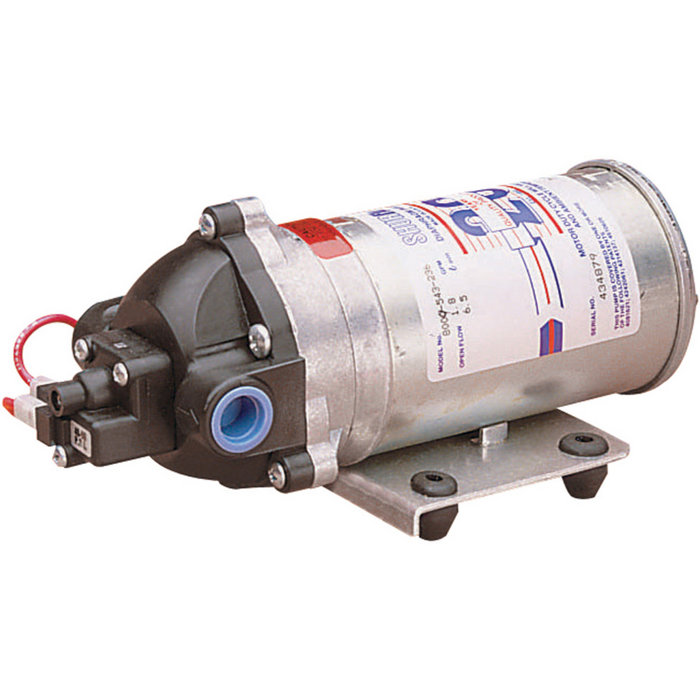The last MLF thread was great. So as to not disrupt that line of thought I've posted my concerns here.
My experience is limited to the last 3 vintages, and haven't had the confidence to do a Cromatograhy test yet. I never really know whether it's actively working or not.
I understand now that it is necessary to regularly stir the lees into action in the early stages of MLF. And also to continue to stir the lees during the whole MLF stage.
So I have a variable capacity tank which means that every time I need to stir the lees, I have to remove the lid completely to do so. Am I not regularly exposing the wine to air each time I do this. Given the low levels of So2 that are present in the wine at this stage, is there a greater risk to oxidation if the MLF is not actively working.
I my case, there are never any visable signs that there is a Malo taking place. So am I taking excessive risks with my wine by proceeding in this manner.
My experience is limited to the last 3 vintages, and haven't had the confidence to do a Cromatograhy test yet. I never really know whether it's actively working or not.
I understand now that it is necessary to regularly stir the lees into action in the early stages of MLF. And also to continue to stir the lees during the whole MLF stage.
So I have a variable capacity tank which means that every time I need to stir the lees, I have to remove the lid completely to do so. Am I not regularly exposing the wine to air each time I do this. Given the low levels of So2 that are present in the wine at this stage, is there a greater risk to oxidation if the MLF is not actively working.
I my case, there are never any visable signs that there is a Malo taking place. So am I taking excessive risks with my wine by proceeding in this manner.





